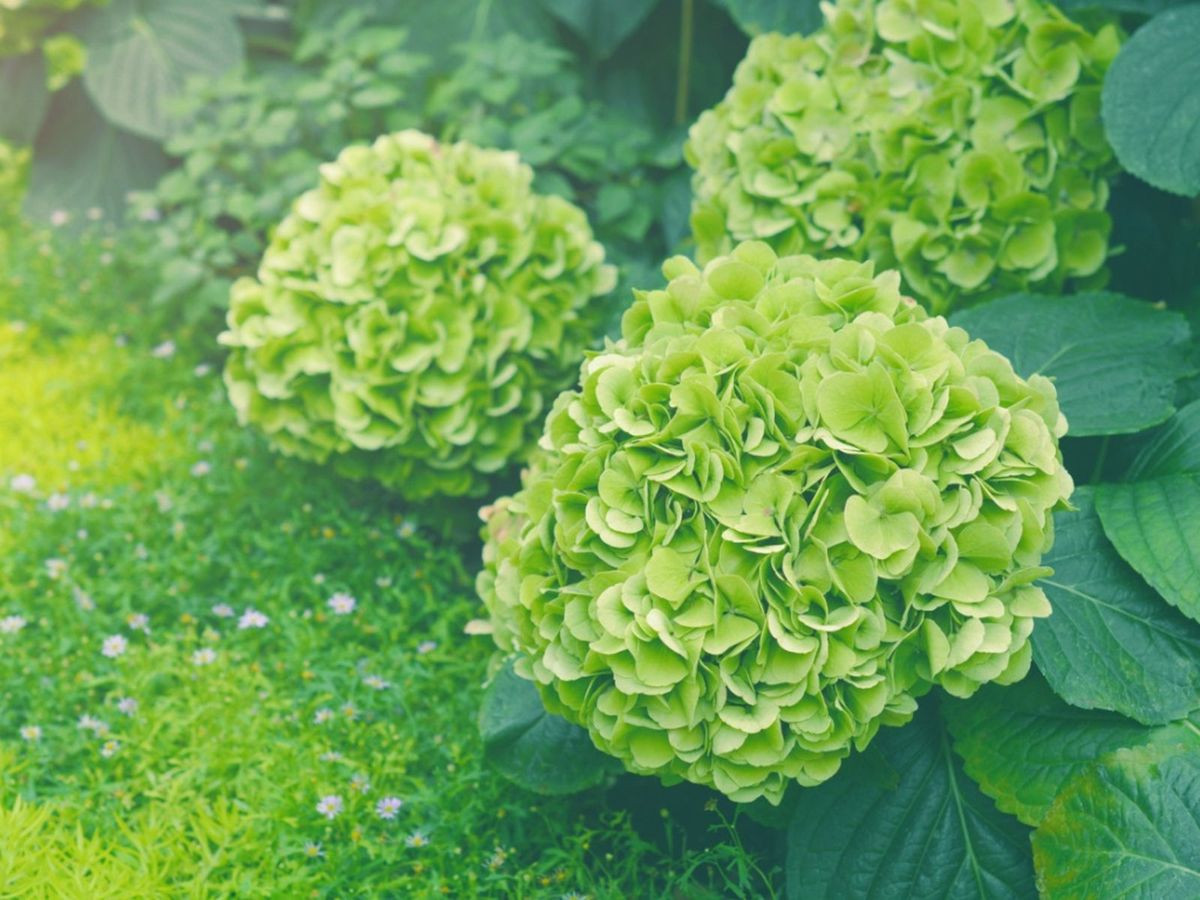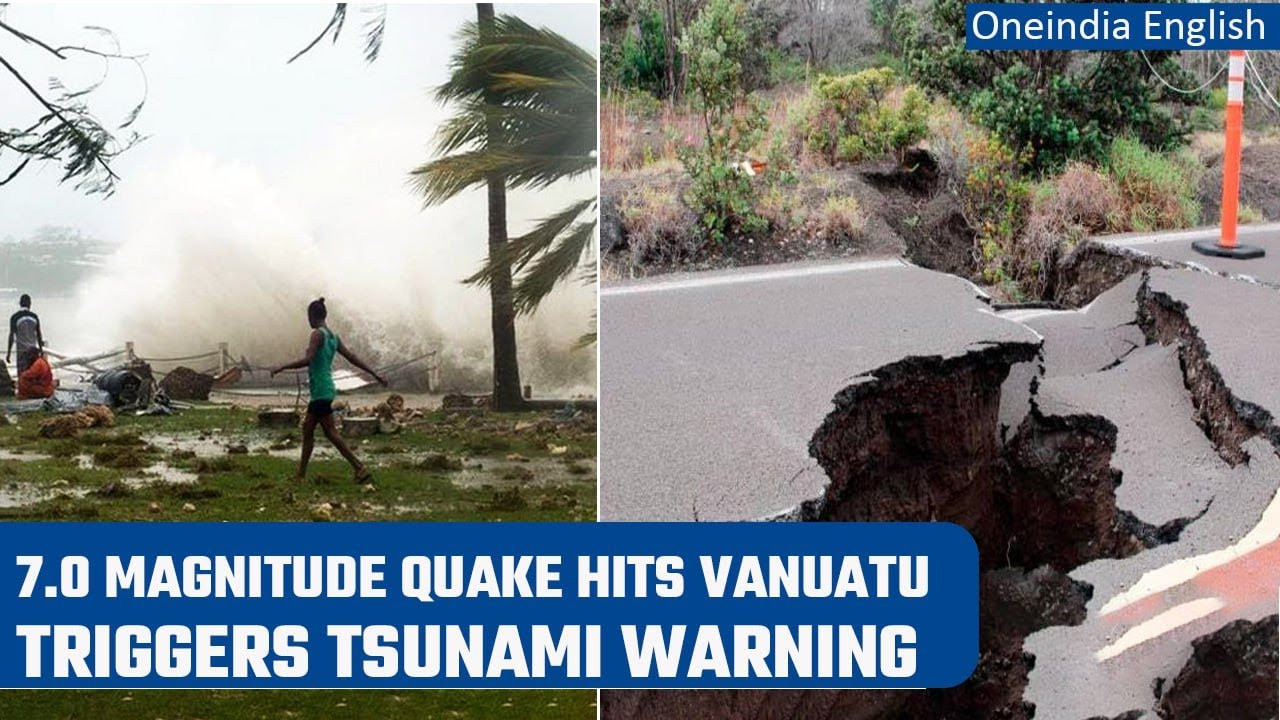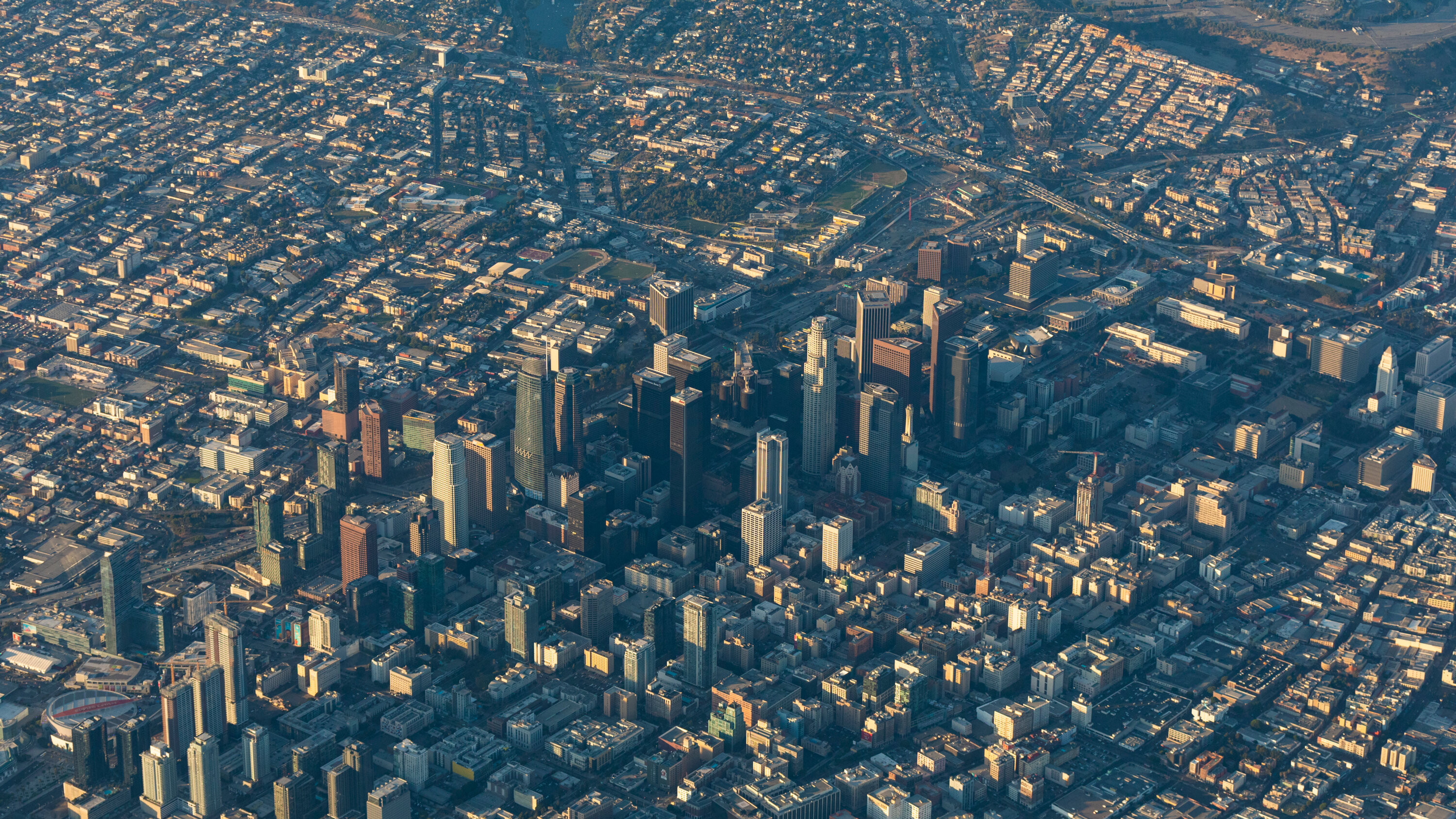The beauty of cut hydrangeas is glorious but fleeting. Find out how to make their blooms last longer indoors.
When hydrangeas burst into glorious bloom, it’s easy to understand why we want to capture that beauty and bring it into our homes. Unfortunately, hydrangeas are notorious for wilting quickly once cut, and keeping them looking fresh can prove difficult. Here, we asked hydrangea experts to share their best tips for reviving cut hydrangeas and prolonging their blooms.
Some types of cut flowers seem to last forever in vases—like coneflowers, cosmos, and zinnias—but hydrangeas usually start drooping quickly. Why?
“It’s all in the name,” says Jennifer Petritz, horticulturist and president of The American Hydrangea Society. She explains the scientific name for hydrangea is Hydrangea macrophylla. Hydra is Greek for "water" and macrophylla means "big leaves." Therefore, "Hydrangea macrophylla equals big-leaved water hog!"
She says that water is abundant throughout the hydrangea's plant tissue, including the leaves, the stems, and all the florets that make up the large flower heads. “They are quick to dry out,” says Petritz. Another reason hydrangeas droop is the presence of the sap inside the plant’s stem, which can prevent water flow to the hydrangea blossoms after they are cut.
If you’ve taken multiple hydrangea blossoms indoors and they have already begun to look sad and wilted, you can still revive them. Here are a few tricks to try:
You’ll be surprised by the effect of clean water on tired blooms. “Change out the water frequently, every day is best,” says Petritz. “After every other water change, re-cut the flower stems.” It only takes a minute but gives you extra hours to enjoy the flowers.
Hydrangea leaves might seem to make a fine addition to the bouquet, but your blooms may suffer if you leave the foliage intact. If the goal is to keep the blooms looking fresh as long as possible, plan on snipping away the leaves. This way the water goes directly to the blooms rather than being divided between blooms and leaves.
You don't want to inhibit the stem’s ability to collect water, so use sharp scissors and make a clean diagonal cut when you harvest your hydrangea blossoms. Continue making these cuts when you change the water.
“Fill your sink with ice cold water and submerge the entire flower stem, flower head and all,” says Petritz. “Leave at least a couple of hours or even overnight. Most of the time they will perk back up after an extended bath!”
You can increase your chances for excellent results by prepping your hydrangeas before cutting so they stay fresh from the start.
Some hydrangeas are naturally better suited to producing wilt-resistant flowers than others, so you can put more in your favor by planting these types. “Some versions like lacecaps are less likely to last,” says Lorraine Ballato, a garden and hydrangea expert. “The best staying power comes with bigleaf, oakleaf, and panicle hydrangeas if cut when they are fresh.”
As the day goes on, the flowers are naturally drying out, so cutting in the morning retains maximum moisture from the beginning.
You can do this just before you put them in water. “I like to make an extra vertical slit in the bottom of the stem to help the flower stems take up even more water,” says Petritz.
According to Ballato, hydrangea stems contain a sap similar to pine trees that can deter water flow. If you dip the hydrangea stems in alum powder, the mild acidity will help neutralize the sap. Another option is to dip the stems briefly in boiling water to help dissolve the sap before placing the hydrangeas in a vase.
Hydrangeas should yield large and plentiful flowers annually, but it can be disheartening to see lacklustre or sparse blooms on this stunning plant.
If gardeners aren't seeing results with their hydrangeas, they're likely doing something wrong. However, there are three simple steps to try for thriving hydrangea flowers.
Rochelle Greayer, a gardening and landscaping expert and the founder of Pith and Vigor, has revealed that the secret to growing "blooms that are bigger than a basketball" is to prune hydrangeas vigorously.
She advised: "Here is the trick CUT THEM BACK HARD. Very hard. Don't panic, but the trick is to take every branch down to just a few inches above the soil."
"It is scary, but trust me on this one. Cutting like this is going to make you have a very different plant than what was growing naturally," reports the Express.
Rochelle added: "You need to understand that once you cut hard, you are not going to have a bushy bush. You will instead have long sticks with pom poms on the ends.
"This is the sacrifice you are making a nice landscape shrub or a weird-looking shrub but the flowers are at least six times bigger. And if you took them to a farmers market they might sell out in minutes."
However, it's important to note that only new wood hydrangeas should be pruned at this time of year.
Old wood hydrangeas such as big leaf or oakleaf hydrangeas have already developed their buds for next year's growth, and pruning them now will destroy next year's flowers.
One of the key steps to pruning hydrangeas is knowing which type you have, as this determines the right time to prune.
Old wood hydrangeas usually bloom in early summer, while new wood varieties tend to flower later in the season.
Gardening expert Rochelle advises that if you're having trouble getting hydrangeas to flower, opt for new wood types like limelight hydrangeas. She also suggests panicle hydrangeas (peegee) or smooth hydrangeas (hydrangea arborescens) for their ease of care.
Rochelle commented: "I would start with Limelight and then move on to other varieties as you get confident.
"Limelights are very adaptable and easy to grow, tough as nails, and it is hard to truly mess them up permanently so you can go forth in confidence that you aren't going to kill them."
If your hydrangeas still aren't blooming after pruning, ensure they're watered sufficiently and the soil drains well to prevent root rot.
Rochelle observed: "In my experiments, better soil and more regular water does matter to size and will lead to bigger blooms. I actually suspect that water is more key than soil quality."
She further noted: "Wet roots and poorly draining soil are the worst things for these plants the root ball will rot and you may not get any flowers."
Pruning hydrangeas and ensuring they receive adequate water are the "special secret" to achieving larger and more luxurious hydrangea blooms.

















